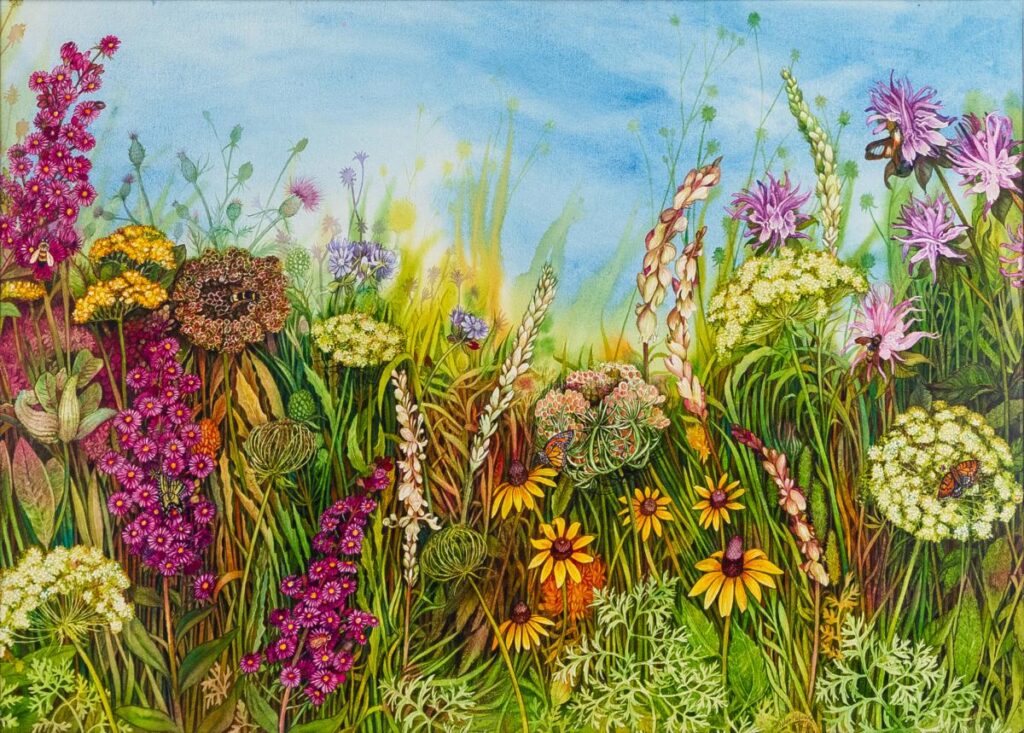
My goal is to write quarterly blog posts that celebrate and recognize the good art happenings in my life and to reflect upon what it means to be an artist. I personally know that choosing the art path is not something everyone has the power or privilege to do. I am grateful that I could figure out how to allow the arts to be my path. Here is what is happening right now!
I am grateful to be able to share that my watercolor paintings will be on display in three upcoming exhibitions around the state. This Sunday, December 10th, 2:00-4:00 is the opening reception for Watercolor Wisconsin 2023 at the Racine Art Museum’s Wustum Galleries. The exhibition will be ongoing until April 13, 2024.
I just found out as I was writing this post that my watercolor, Queen Anne’s Lace Prairie will be on display as a part of the exhibition Midwest Seasons at the Center for Visual Art in Wausau. The opening reception will be January 19th, 5:00-7:00 pm The exhibition will be on display January 10-March 16, 2024. I am delighted.
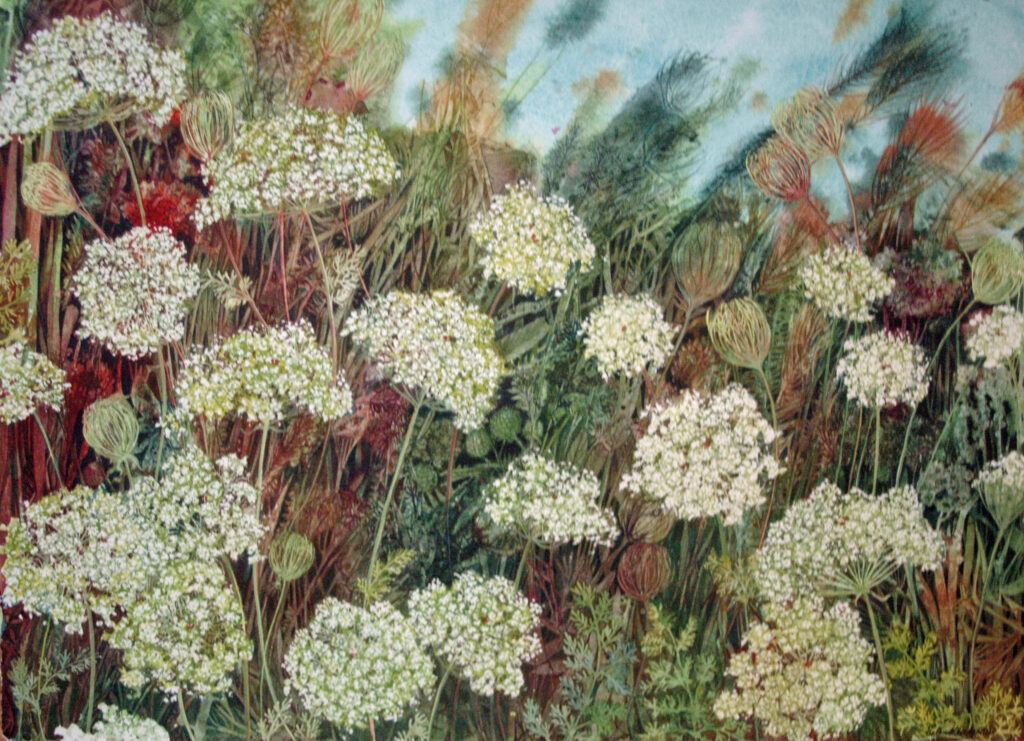
As a painter working in watercolor, I spend a fair amount of time considering the scale of my intended paintings. I know smaller size works can be more reasonably priced and will fit into the typical home more easily. However, sometimes I just want to paint big! I like the idea of paintings that are so large they can seem to surround the viewer. They require big walls and usually require larger institutions or very large homes to be able to present them. Large works create an experience for their audience that rivals the intimacy of smaller works. So sometimes I paint big! Then I am grateful for businesses here in Madison, Wisconsin that can help me. Professional framers like Douglas Art & Frame who can handle and prepare large works for appropriate display, and businesses like Picture Salon who are great at creating high quality scans of original artworks and at reproducing smaller archival giclée prints of the more monumental works so they too can find homes in smaller spaces. (All the original watercolors posted in this blog are available as giclee prints you can find on my website here.)
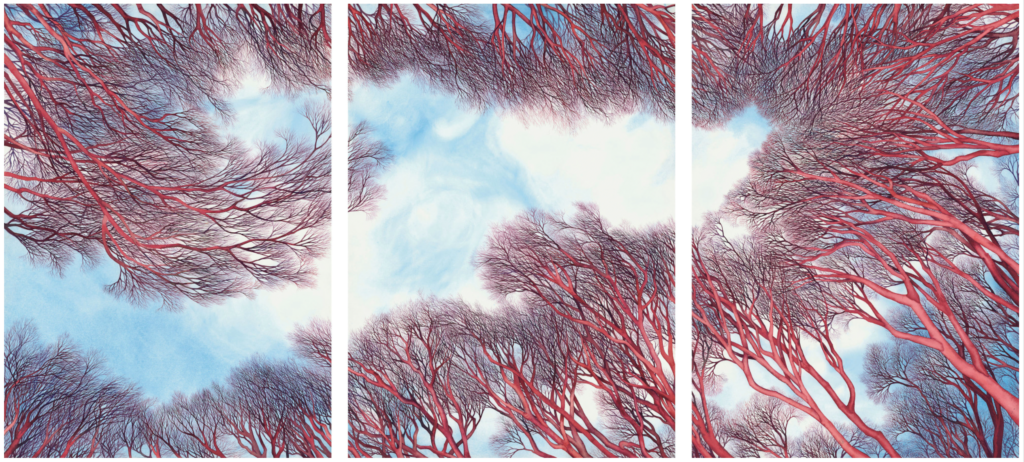
Given my concerns with scale, and my gratitude with all the help I have to prepare larger works for sharing, I am particularly delighted to be able to exhibit my very large watercolor ‘Intersectionality: Sacred Grove Triptych’ as a part of the Wisconsin Biennial at the Museum of Wisconsin Art in West Bend. Since 2014 the artist membership organization Wisconsin Visual Artists (WVA) has co-organize and co-hosted the biennial. It usually draws over a thousand entries from more than three hundred artists across the state. Approximately fifty works are chosen for inclusion by the jurors. The opening reception will be 2:00-5:00 February 3, 2024, and the exhibition will continue until April, 2024
Despite all this good news, I have been focusing on the tasks that go into being an artist and working to build and connect with a creative community (check out the Cabin Fever Creative Community group I started for that purpose on Facebook). There are many organizations and groups working to create more opportunities for people to experience the arts, and for artists to gain the support the require to continue their careers. Sometimes that support is financial and sometimes it’s the recognition of creative work that can make all the difference in any creative field.
In November, thanks to the combined work of several Dane County organizations came together in celebration to acknowledge women artists who were applicants for the Forward Art Prize, an annual award of the Women Artist Forward Fund . The Arts & Literature Lab sponsored and exhibition of all the applicants. Two wonderful women artists received the Forward Prize, Babette Wainwright and Mary Bero. In addition to the primary award, with the support of the Dane Arts (Dane County Arts and Cultural Affairs Commission) five additional artists were acknowledged as finalists for the award. T. L. Luke, Rebecca Kautz, Jessica Gutierrez, Issis Macias and Helen Klebesadel. ‘ I am deeply grateful to the Women Artists Forward Fund, Arts & Literature Lab, and Dane Arts for all they do to further the arts.
As I reflect upon being an artist, I am so grateful that when I was younger, I gave myself permission to be an artist despite living in a culture that cannot quite wrap it collective head around what that means and why it might be a good thing to do. (There is a great new book out, entitled ‘Your Brain On Art: How The Arts Transform Us’ by Susan Magsaman and Ivy Ross. that shared research documenting how making art is good for you in so many ways, even if the art you make is not so great. Check it out if you need permission to pursue your own creative activities.)
I love making art. To be able to create something original that did not exist in the world before I made it and then to share it with an interested public is a privilege. I believe share that sense of purpose and privilege with every other artist and artisan. We are all creators, but we are all business-people too, because we have to be, given that the main way we can be artists and make a living at it is to sell what we make, like any other manufacturer. That’s not really what I expected when I started this journey so many years ago.
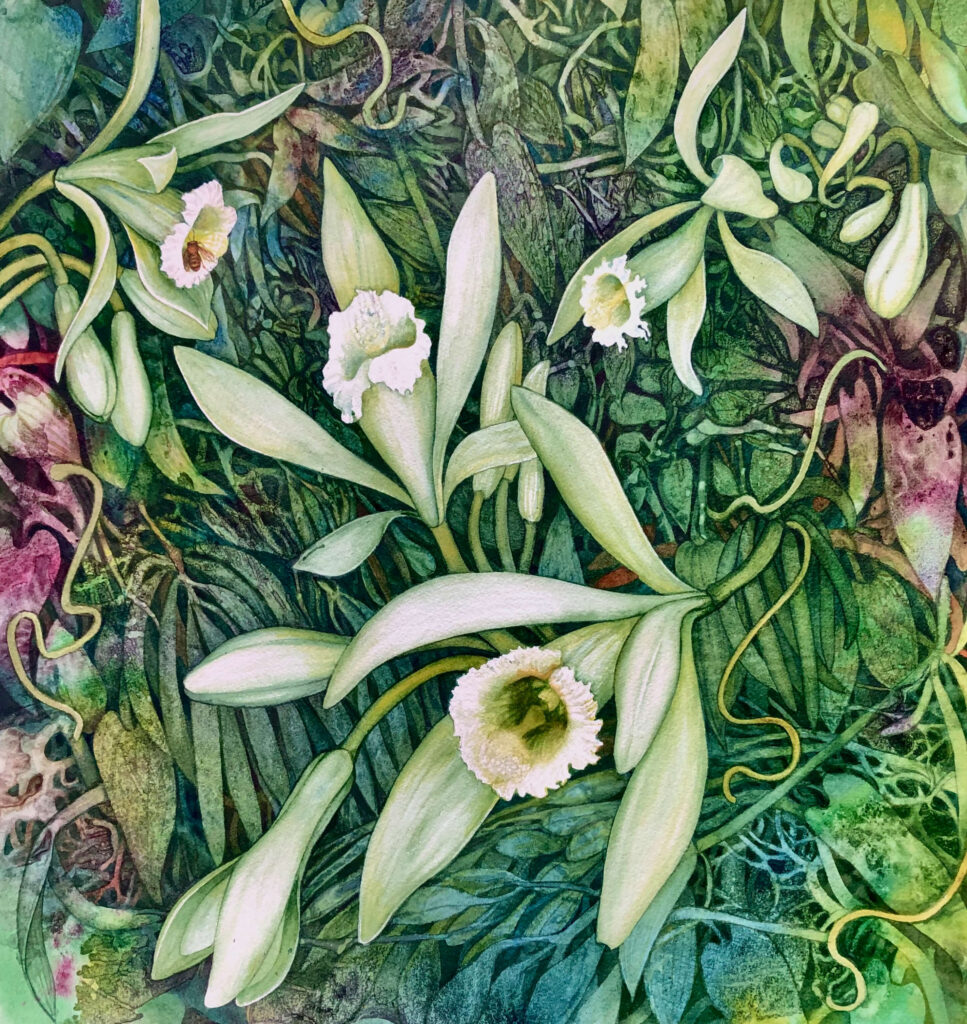
I was lucky enough to come from a farm family that though making art was a wonderful thing. I would not know until years later how rare that is. I also did not think I knew any ‘real’ artists. (Years later when I realized that the quilters and lace makers and fine woodworkers who surrounded me growing up were fine, fine artists.) I just knew I loved making art so I had to go to school to figure out how to be an artist. Little did I know that a good art education would give me lots of fuel for making, but not all that much information about the business part…. Now I know there is not one clear path to becoming an artist. Rather there are thousands of possible ways to do it.
Resilience helped. It took me a decade to figure out how to get an education as an artist through more than just my personal experience. I dropped out of college the first time because in the 1970’s they were not very good at creating good educational environments for women and people of color. Like many first-generation college students, I dropped out in my sophomore year.
After dropping out of college the first time I traveled a bit. I was back living in rural Spring Green for several years, running a house painting business by day and making my own art in the evenings. However, I wanted more. I had the great good fortune of applying for and being the recipient of a Wisconsin Arts Board administered “Comprehensive Employment and Training Act” (CETA) federal artist grant in 1978-79. CETA was a short-lived, WPA-like federal program that provided training and employment for artists. I spent two years working as a mural painter creating art for Wisconsin Central Center for the Developmentally disabled. By the end of my time thee I had painted over 12 murals and had the commitment to go back to college and get my art degree so I could continue the experience of making my living as an artist. I would apply to the art department at the University of Wisconsin-Madison as a 28 year old freshman and start all over again, but this time I would take art AND women and gender studies classes, which helped me enormously to understand and articulate my place in the world as an artist and a white woman from rural Wisconsin.
The Wisconsin Arts Board administered CETA grant experience changed my life and led to a 40+ year career in the visual arts and higher education. Over the years I have benefited personally from many WAB programs and events that were designed to stimulate the creative economy and culture of Wisconsin and to promote artists careers either directly or through programs funded through non-profit arts organizations. Most recently, WAB contracted with me to present a series of ‘Business of Arts’ workshops around the state for Wisconsin’s visual artists. I was appointed to WAB by Governor Robert Doyle and served as a citizen member of the Wisconsin Arts Board from 2006-2013.
(If you are interested in the history of Federally funded programs that have benefited artists, you may be interested in the December 9, 2023 post by Heather Cox Richardson on her ‘Letters From An American’ daily column. Her view of today through the lens of history is truly valuable.)
2023 is the 50th anniversary of the Wisconsin Arts Board as a state agency. It is a point of great pride to me that this year, as a part of the 50th Anniversary celebration I have been named as one of 50 Artists for 50 Years recognized for their creative work in Wisconsin. I am grateful for the existence of the Wisconsin Arts board and for the recognition they have given me.
I remember many times in my former life as a professor and an academic artist at a university (that was the path that ended up working well for me), counseling lots of parents that were dismayed they were paying for a good university education for their kids who were going to graduate with a degree in art…. The reality is that any college degree leads to higher life-time earnings so just having the privilege to attend college and graduate gives you a leg up in the world. You do not have to have a college degree in art to be an artist, but the best artists are smart artists, and the skills you learn going to college will be valuable throughout your life. I am grateful for the national loan and grant programs for low-income people that made it possible for me to pay for college. I am glad I was able to justify the cost and time to myself, because why not? Why shouldn’t a Wisconsin farm girl have a chance to go to college and become an artist and share her creative and critical voice with the world?
Recently I had the privilege to be interviewed by Stacy Parish for her wonderful Full Spiral Podcast, as a part of her Sages Series. In her Full Spiral Podcast Stacy articulates the mission of the Full Spirals Podcast as focused on how to make healing through the arts accessible to everyone. “This is where flow is the method; and self trust is the goal.” The podcast is well worth a listen.
If you are someone wondering if your art is worth it, or you are the parent of a child who has voiced an interest in the arts and it frightens you….think about what is means to decide that sharing your creative and critical voice with the world might be the most important contribution you can make. Artists in any discipline can be people who are daring, versatile, risk-takers and critical thinkers that will help shape our understanding of our world and add to the beauty we experience. They may work for themselves, for businesses, or galleries, theaters, museums, schools, nonprofits, clients, and more. They work on their own creative projects, help facilitate others, collaborate with peers and more experienced artists, and can be found throughout most industries as the creative thinkers who can imagine new approaches and possibilities in any arena. The more creative voices from broadly diverse backgrounds we have I the world the better off we will be. The world is not better without artists. Be the creative you were meant to be.
Finally, I could not help but feel the synchronicity of the podcast ‘The Hidden Brain’ this week as it focused on ‘the ‘The Mystery of Beauty’. “Think about the last time you were struck by a gorgeous painting in a museum, or heard a song that brought you to tears. All of us know what it’s like to be stopped in our tracks by a beautiful sight. But scientists are still puzzling over why this is the case. What’s the point of beauty? Why is it seemingly so important to us? This week on the show, neuroscientist Anjan Chatterjee explains the function of beauty in our daily lives. Then, Nobel laureate Frank Wilczek describes how beauty served a purpose in some of the biggest scientific breakthroughs of our time.”
Check out the scientific case for beauty!
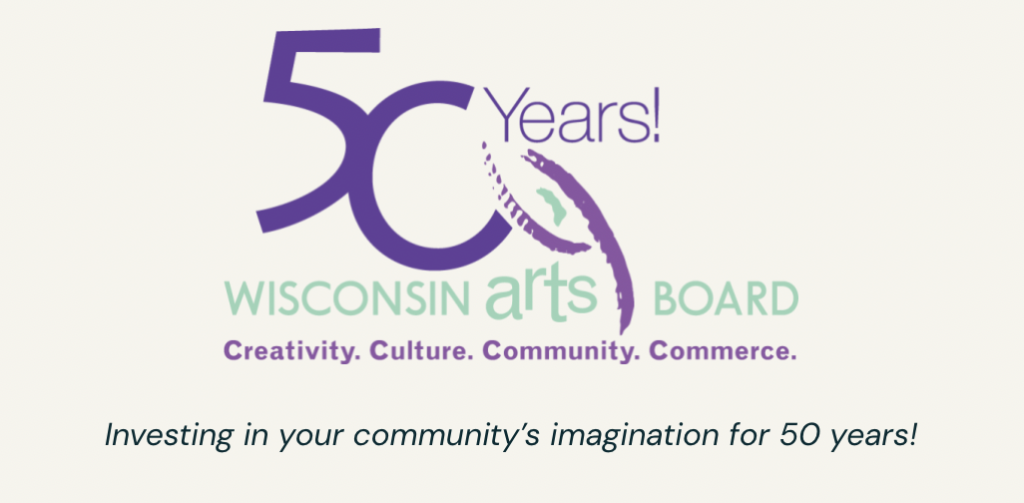
One comment
Just listening to Hidden Brain on the treadmill. Interesting. Love the Queen Anne’s lace…reminds me of when I took painting from you when we were at Bjorklunden in August two years ago.
Your email is used for verification purposes only, it will never be shared. By submitting a comment you grant Helen R. Klebesadel a perpetual license to reproduce your words and name/web site in attribution. Inappropriate and irrelevant comments will be removed at an admin’s discretion.